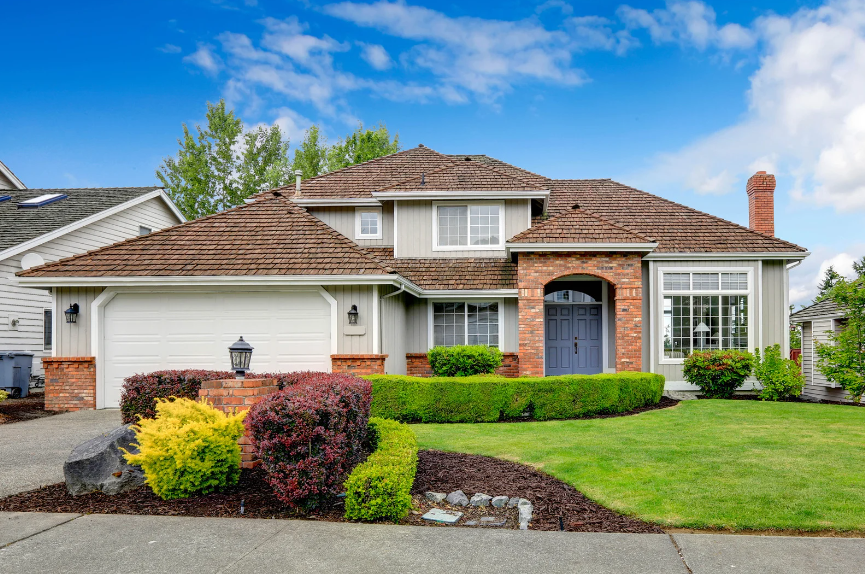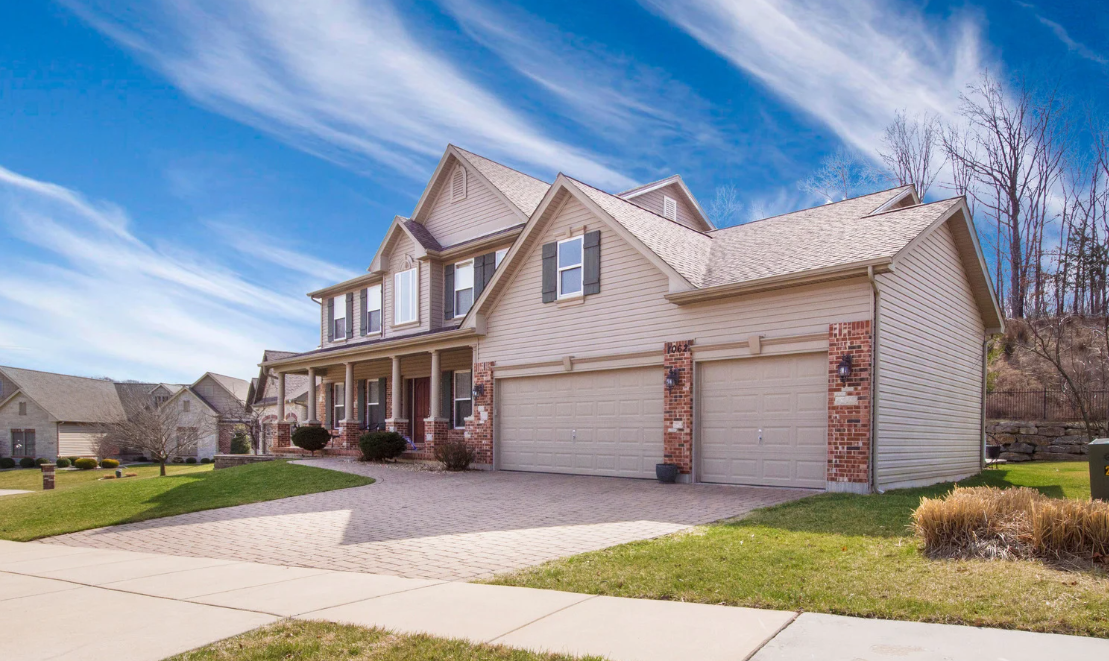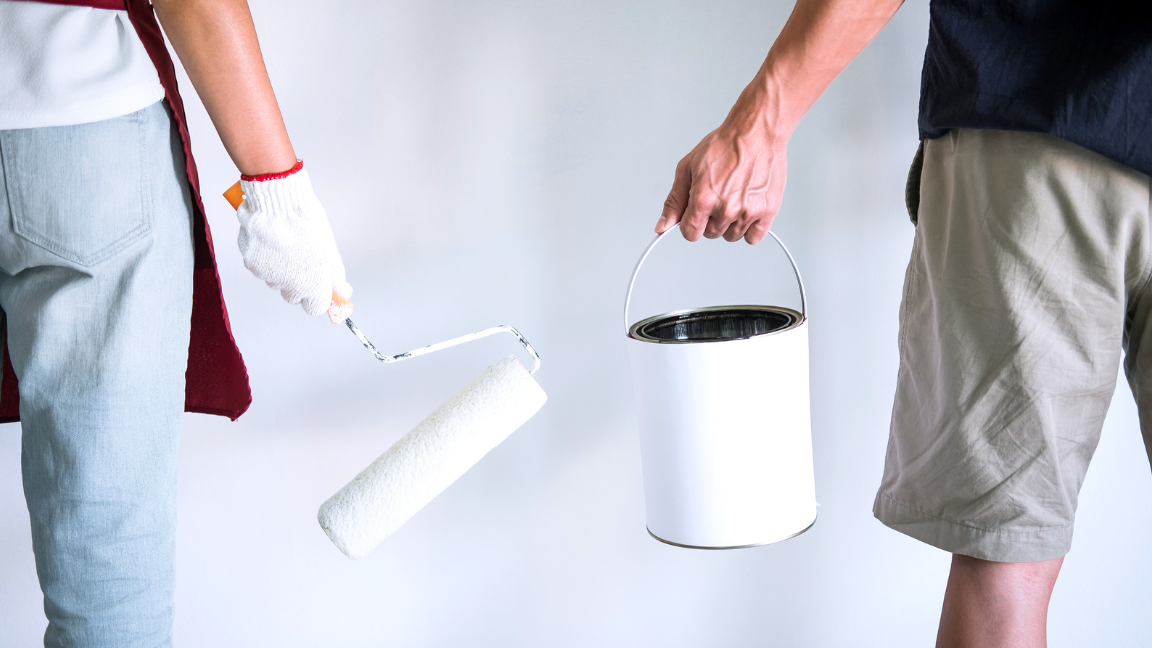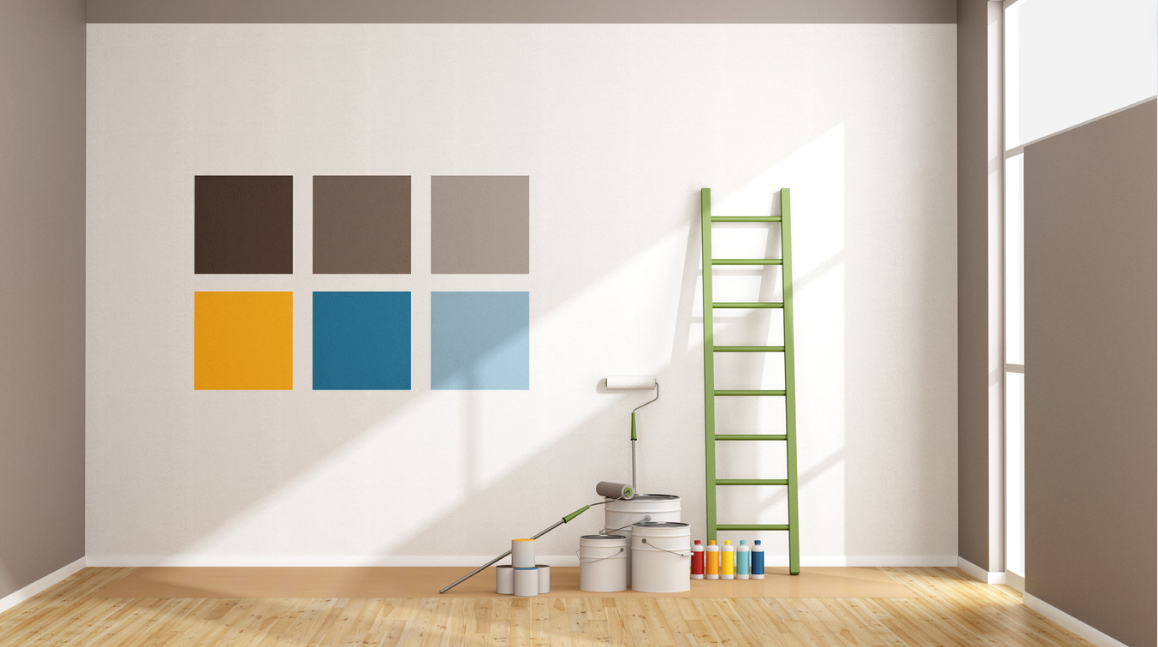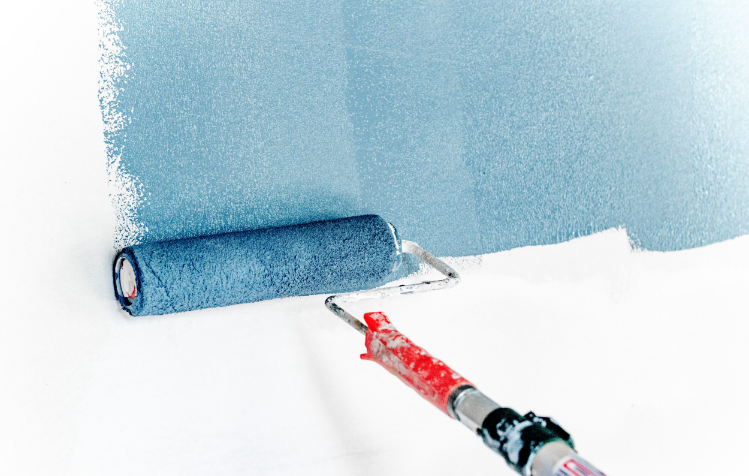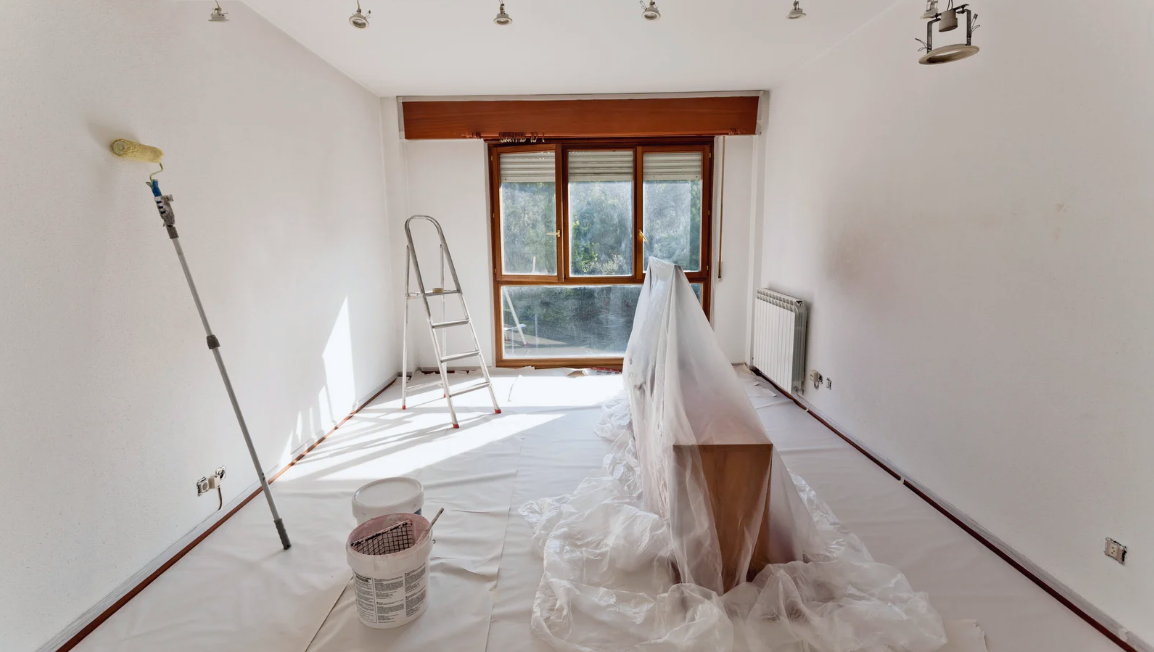When it comes to enhancing the overall appearance of a home, curb appeal plays a crucial role. The exterior of your house is the first thing visitors and potential buyers see, making it essential to make a lasting impression. One effective way to boost curb appeal is by selecting the right exterior paint colors. In this article, we will explore the importance of enhancing curb appeal and provide guidance on choosing the perfect colors that will make your home stand out.
The Importance of Curb Appeal
Curb appeal refers to the attractiveness and charm of a property when viewed from the street. It not only makes a positive impact on visitors but also significantly influences the value and marketability of a home. A well-maintained and visually appealing exterior can create a sense of pride and boost the overall appeal of the neighborhood. This makes it vital for homeowners to invest time and effort into enhancing their home’s curb appeal.
Factors to Consider
Before diving into the color selection process, it’s crucial to consider several factors that can influence your decision. These factors include the architectural style of your home, the surrounding environment, the regional climate, and the norms of the neighborhood.
- Architectural Style
Every home has a unique architectural style, such as Victorian, Craftsman, Colonial, or Modern. The exterior paint colors should complement and enhance the architectural features of the house. Research the typical color schemes associated with your home’s architectural style to ensure a harmonious look.
- Surrounding Environment
Take inspiration from the natural surroundings of your property. Consider the landscape, foliage, and other elements present in the environment. Colors that blend seamlessly with the surroundings create a visually pleasing and cohesive appearance.
- Regional Climate
The climate in which you reside should also influence your choice of exterior paint colors. For hot and sunny regions, lighter shades are recommended to reflect heat, while darker colors can add warmth and coziness in cooler climates. Consider the practical aspects of your climate when selecting colors.
- Neighborhood Norms
While it’s essential to make your home stand out, it’s also important to consider the norms of your neighborhood. Take a look at neighboring houses and observe the color palettes commonly used. While you don’t have to conform completely, selecting colors that harmonize with the neighborhood can be beneficial.
Choosing Exterior Paint Colors
Now that you’ve taken these factors into account, it’s time to dive into the process of choosing the perfect exterior paint colors. Here are some steps to guide you along the way.
- Research and Gather Ideas
Start by gathering inspiration and ideas for your desired color scheme. Look for online resources, home improvement magazines, or even take a walk around your neighborhood to find houses that catch your eye. Save images or create a mood board to help you visualize the desired outcome.
- Consider the Architecture
Referencing the architectural style of your home, identify color combinations that enhance the unique features. For example, accentuating trim, shutters, or front doors with contrasting colors can bring out the character of your house.
- Harmonize with the Environment
Blend your color choices with the natural environment surrounding your property. If you have lush greenery, earthy tones may complement it well. In contrast, beachside homes might benefit from coastal blues or sandy beiges.
- Play with Accent Colors
Consider incorporating accent colors to add visual interest and depth to your home’s exterior. This can be achieved through details such as window frames, doors, or shutters. Choose complementary or contrasting colors that highlight architectural elements.
- Test Samples
Before committing to a color scheme, it’s essential to test paint samples on a small section of your home’s exterior. This will give you a better understanding of how the colors look in different lighting conditions. Observe the samples throughout the day to ensure you make an informed decision.
Popular Exterior Paint Colors
Now let’s explore some popular exterior paint colors that can elevate the curb appeal of your home.
- Classic Neutrals
Neutrals like white, beige, and gray have timeless appeal. These colors provide a clean and elegant look that suits various architectural styles. Neutrals also offer flexibility when it comes to accentuating other design elements.
- Bold and Vibrant Hues
If you want to make a statement, consider bold and vibrant colors. Reds, blues, yellows, and greens can add personality and charm to your home. Use these colors strategically as accents or on focal points to create a captivating exterior.
- Earthy and Natural Tones
Earthy tones like brown, tan, and olive can create a warm and inviting ambiance. These colors are often associated with nature and can blend seamlessly with the surroundings. Earthy tones work well for homes in rustic or suburban settings.
- Modern Grays
Gray has become increasingly popular in modern architecture. From light grays to darker charcoal shades, this color provides a sleek and contemporary look. Gray can be used as the main color or paired with bolder accents for a striking contrast.
Applying the Paint
Once you have finalized your color choices, it’s time to prepare for the application process.
- Hire a Professional or DIY?
Decide whether you want to hire a professional painter or take on the task yourself. Hiring a professional ensures high-quality results, but it comes at a cost. DIY painting can save money but requires time, effort, and attention to detail.
- Preparing the Surface
Before applying the paint, prepare the surface by cleaning it thoroughly and repairing any damaged areas. Remove dirt, debris, and loose paint. Smooth out rough surfaces and fill in cracks or holes to achieve a clean and even canvas.
- Quality Paint and Tools
Invest in high-quality paint and painting tools to achieve a professional finish. Good-quality paint will provide better coverage, durability, and color retention. Use brushes, rollers, and other equipment suitable for the type of surface you are painting.
- Proper Application Techniques
Follow proper painting techniques to ensure a smooth and even application. Start with the trim and edges before moving on to larger surfaces. Apply multiple thin coats rather than a single thick coat for better results. Allow sufficient drying time between coats.
Maintaining Your Exterior Paint
To keep your home looking its best, regular maintenance is necessary.
- Regular Cleaning
Regularly clean your home’s exterior to remove dirt, dust, and grime that can accumulate over time. Use mild soap and water or a pressure washer for stubborn stains. Cleaning not only maintains the appearance but also helps prevent damage to the paint.
- Inspection and Touch-Ups
Periodically inspect your home’s exterior for any signs of wear, peeling, or fading. Promptly address any issues by performing touch-ups or repainting the affected areas. This will help maintain the integrity of the paint and protect the underlying surfaces.
- Repainting when Necessary
Exterior paint typically lasts for several years, but eventually, it will require repainting. The frequency of repainting depends on various factors such as climate, paint quality, and maintenance. Keep an eye on the condition of your paint and plan for repainting when necessary.
Conclusion
Enhancing your home’s curb appeal through the selection of the right exterior paint colors is a rewarding investment. By considering factors such as architectural style, surroundings, climate, and neighborhood norms, you can create a visually pleasing and harmonious exterior. Whether you opt for classic neutrals, bold hues, earthy tones, or modern grays, the right colors can transform your home and leave a lasting impression on visitors and potential buyers.

